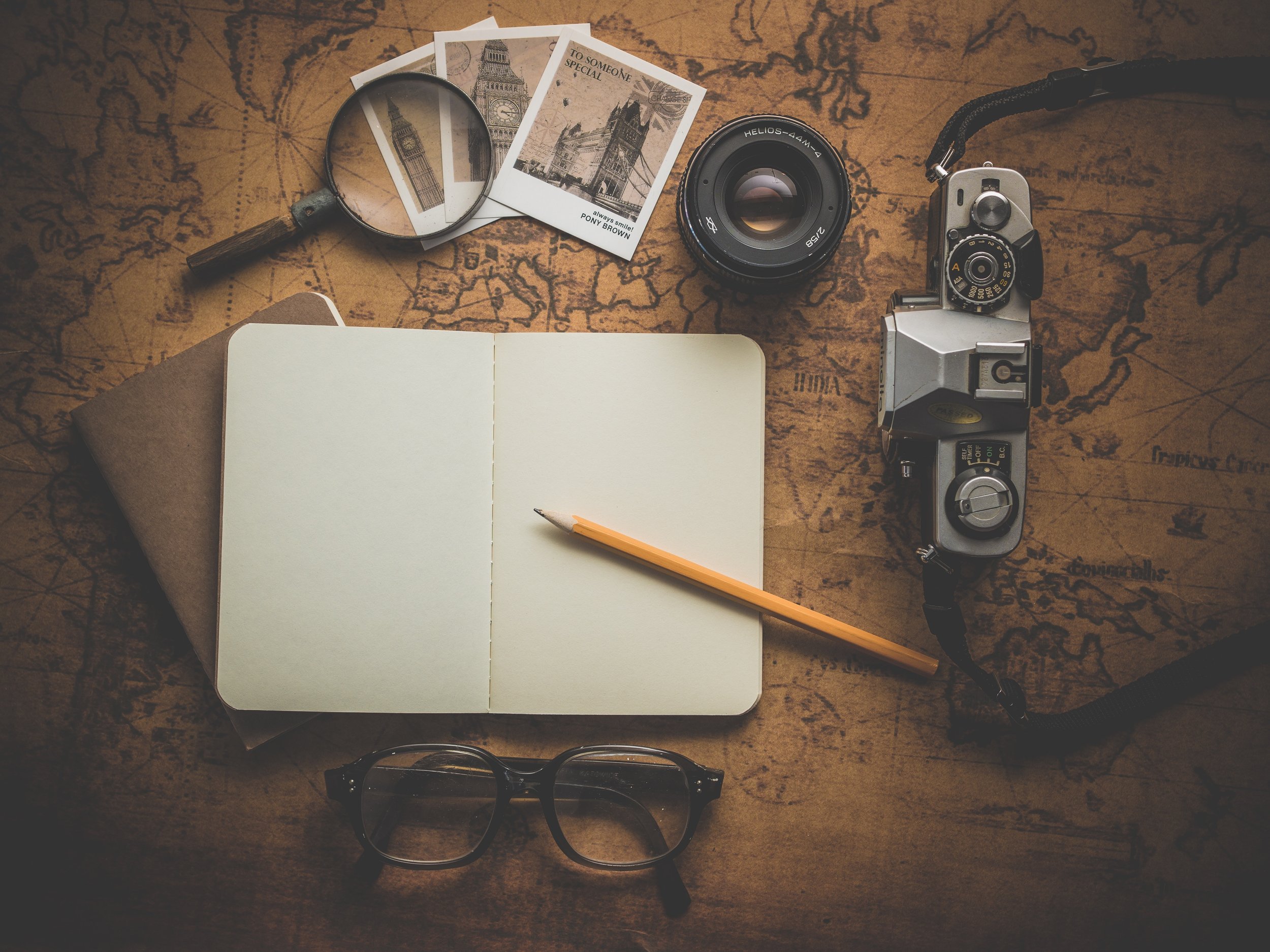Preface
Bureau, while a young design practice, strives to be an ethical, responsible, and inclusive environment to work. This is also a critical reaction to what some, if not all, of our teammates have experienced in previous architectural offices. There are a few but stellar role models that treat their colleagues with humanity, but the reality is that there are still a large number of practices that do not. It is without a doubt that architects and designers with ikigai, or a sense of purpose in life, work diligently and meticulously. However, we are humans too, after all. The act of designing and creating architecture is, to put it simply, an extractive discipline. And while not as directly affecting the lives of many, such as doctors or politicians, the spaces and buildings that we create have the potential to instill inspirations that enrich our lives or literally save them in case of an emergency. This extractive process of squeezing out ideas, knowledge, and inventions at times, to create meaningful, beautiful, and critical architecture and objects can be depletive. As such, we think it is important to absorb whatever, whenever possible, in order to replenish and achieve consistency or higher quality in what we can engender in the society. Other than the day-to-day activities, taking a sojourn outside of one’s comfort zone and routine is one such instance that allows us to discover different perspectives, discover new worlds, and encounter fascinating people, places, and epiphanies of life. Although everyone is encouraged to visit museums, attend gallery openings, go to gym, and whatever else the preferred modes of individual replenishments, it is easy to get lost in a day-to-day ebb and flow of work and life. Thus, each team member took a sojourn in the guise of “workation” to various places, and this newsletter for the following few months will be tracing where each has visited, what was learned, and sharing discoveries. I hope this becomes an annual occurrence that makes each of us a more wholesome and worldly person to bring valuable insights and experiences to the projects we undertake. The top-batter was Kao, who “workation”ed in Okinawa.
Exterior of the Hotel Anteroom Naha (photographed by the author)
"Contemporary Art Hotel Experience", by Kao Onishi
For my workation in Okinawa, I had the pleasure to stay at Hotel Anteroom Naha, a contemporary Art Hotel that just opened in 2020. As someone that typically books Airbnbs over hotels, this was a refreshingly unique experience and a great learning opportunity about the latest design trends.
Here are some of my takeaways from this experience!
Hotel / Gallery
When you enter the hotel, it feels as though you’ve stepped into an art gallery from the get go. With a spacious atrium hall surrounded by artwork, you feel a bit disoriented and question if you’re in the right building since there isn’t a front desk reception. Following the signage, you take the elevator to the 2nd floor lobby. The elevator’s interior is fully mirrored like an infinity room and you can’t help but take a picture. The elevator opens out to a beautiful ocean view and you check-in at the cafe counter. Before heading up, you browse the open floor gallery artwork by local artists and learn about Okinawa craft. Having this integrated art gallery experience in the hotel was very luxurious and culturally enriching!
Interior Spaces of the Hotel Anteroom Naha (photographed by the author)
Art / Architecture
As I was waiting for the elevator, I read the gallery’s panel description and was informed that the hotel’s design direction was by the famous sculptor, Kohei Nawa and his creative platform, Sandwich. Fascinating to learn that Sandwich is a multidisciplinary design team consisting of designers and architects! The facade design is based on Nawa’s art piece called “Direction”, an interesting way of integrating art into architecture. This must be a modern take on hana-blocks, decorative concrete breeze blocks which seem to be a common architectural material in Okinawa.
Sustainability
This was the first time I noticed a hotel’s clear initiative to be sustainable with numerous eco-friendly practices. Instead of having plastic water bottles, the hotel room comes with a large carafe for guests to refill water from the water stations. To eliminate wasteful amenities, you can collect products like toothbrushes and wash clothes at the lobby. I was amazed by their toothpaste, which is made out of paper and comes in a little paper package. They also have flip-flops in lieu of single use slippers. This experience reminded me that whether big or small, we can all implement changes to our daily routines to live more sustainably.
Numerous sustainable eco-friendly practices (photographed by the author)
Memorable Design
As a designer, I get excited whenever I stumble upon a well considered design element in mundane things. At this hotel, the design of the housekeeping door signage was re-imagined in a clever way. There are 3 magnets circling around the peep-hole on the backside of the door. Confused initially since I didn’t know where to place the magnet, but realized it fits outside onto the room number plate. Housekeeping door hangers are usually something trivial, but this playful design changed it into something fun and memorable. Reminded me on the importance of designing the human scale elements that we physically touch and interact with.
Design of the Housekeeping Door Signage (photographed by the author)
Author: Kao Onishi
Reader: Kaz T. Yoneda, FRSA
Editor: Hinako Izuhara
/////////////////////////////////////////
Thank you for your time and kind attention.
Until next time!

